THE BASICS OF SKIN AGING
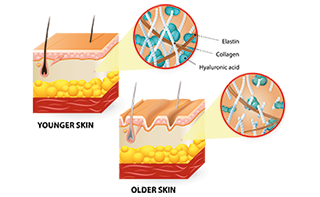
Skin aging is a result of the increasingly declining body functions, the slowdown of cell turnover and a decrease in the production of collagen and elastin. Aging occurs due to extrinsic and intrinsic factors. Extrinsic factors are those that come from the environment or from the “outside” of the body and we can control these factors up to a certain level. On the other hand, intrinsic factors are those that come from within us, these factors are related to the way we are genetically determined to age as we grow – we have no control over the intrinsic factors of aging.
External or extrinsic factors, such as smoking or excessive sun exposure, accelerate the skin aging process leading to thickening of the outer-layer of the skin (the epidermis), uneven pigmentation, and wrinkles, among other signs of skin aging. The signs of extrinsic aging can become evident as early as the age of 18, but are usually most visible when we reach the age of 30.
Intrinsic factors are related to the decrease in the production of collagen, elastin, and other proteins in the inner layer of the skin (the dermis). Intrinsic aging affects more than our skin, it leads to weakening of the bones and an overall decrease our body’s functioning capacities.
The signs of aging can we classified as superficial and internal. Superficial changes related to skin aging include:
- Redness due to the dilation of the skin’s capillaries
- Dull or lackluster skin
- Loss of fat underneath the skin, which accentuates wrinkles
- Loss of skin firmness or tension
- Appearance of skin spots or discoloration
- Rough texture
- Sagging or slack skin
- Uneven skin tone
- Wrinkles
- Dry skin
- Dehydrated skin
Internal changes related to skin aging include a decrease in:
- Collagen and elastin production
- Skin’s ability to bind water or skin dehydration
- Fat production underneath the skin
- Blood flow and supply of nutrients to the skin
- Energy production
- DNA repair capacity
- Cell turnover
- Function of the immune system
The skin can significantly benefit from making healthy lifestyle changes, such reducing the exposure to sunlight, and can even repair some of the damaged caused by extrinsic factors over time.

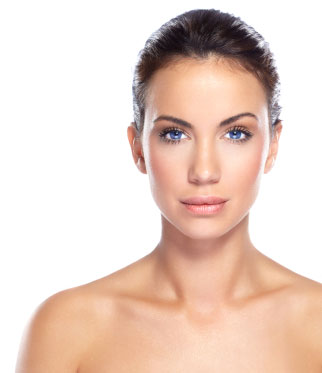
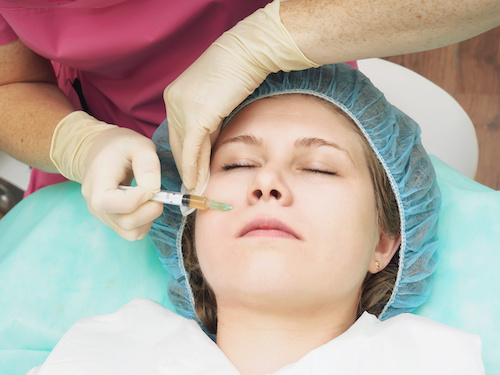 Several anti-aging products exist in today’s market. Most of these products, such as cream, serums, and lotions, only have a superficial effect because they are not able to change the way the skin’s cell function and regenerate. Platelet Rich Plasma or PRP is considered an excellent option to reduce the signs of skin aging because it has the ability to regulate the function of skin’s cells.
Several anti-aging products exist in today’s market. Most of these products, such as cream, serums, and lotions, only have a superficial effect because they are not able to change the way the skin’s cell function and regenerate. Platelet Rich Plasma or PRP is considered an excellent option to reduce the signs of skin aging because it has the ability to regulate the function of skin’s cells.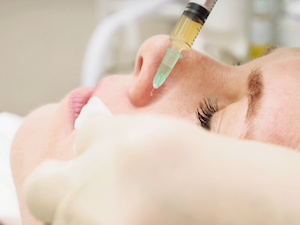
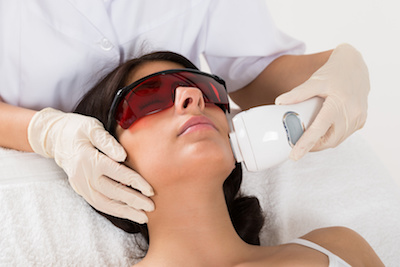 Laser systems are a popular tool in an aesthetic practice. These systems ablate the skin to kick-start the production of collagen in the skin. Depending on how aggressive the physician sets the parameter of the laser device, the social downtime varies.
Laser systems are a popular tool in an aesthetic practice. These systems ablate the skin to kick-start the production of collagen in the skin. Depending on how aggressive the physician sets the parameter of the laser device, the social downtime varies.